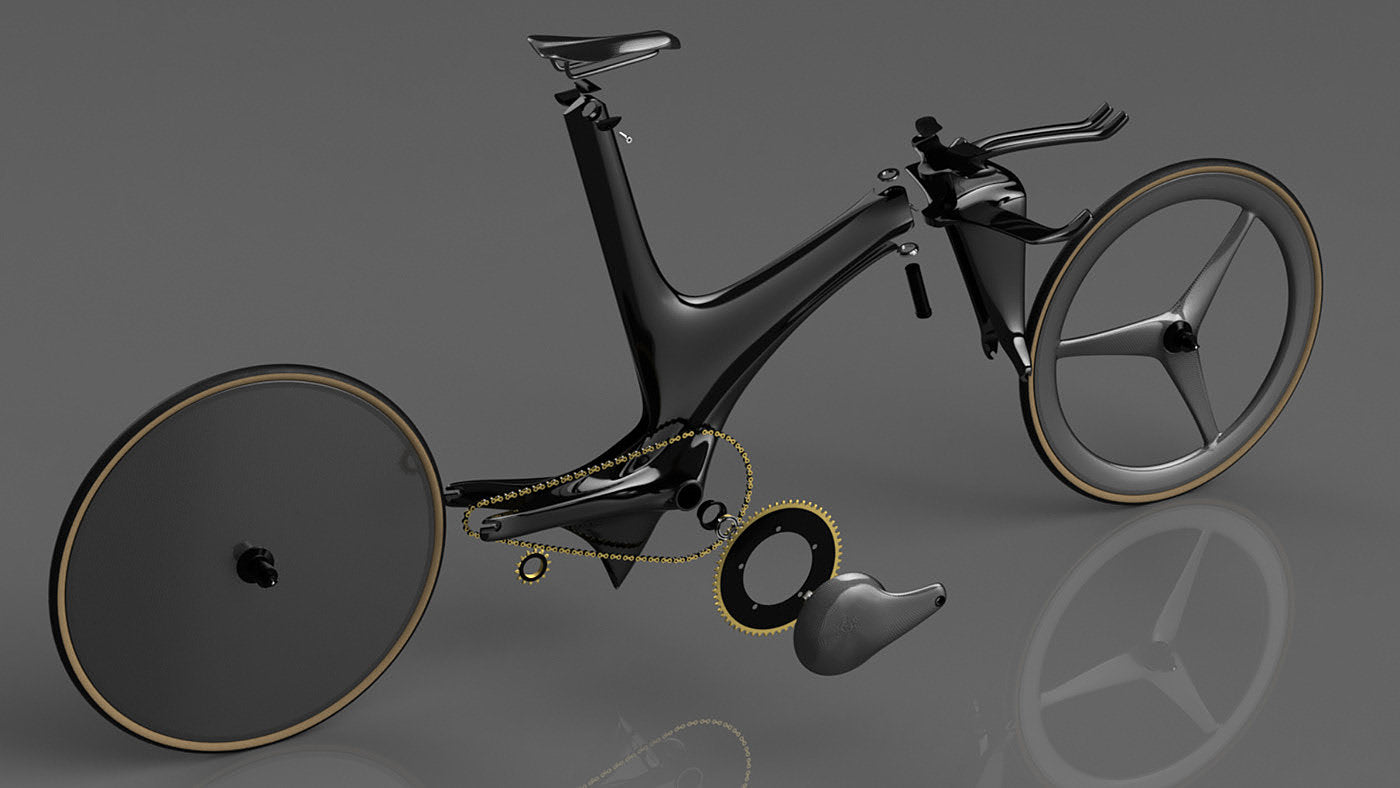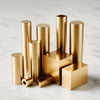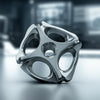Application of Aluminum Prototypes in Bicycles

1.Bicycle Parts Customization
1.1 Cosmetic Part Replacement
The simplest customization method involving direct substitution of existing components with enhanced aesthetic versions. This approach requires no structural redesign, only the creation of visually optimized parts compatible with OEM mounting interfaces.
Common Modified Components:
| Part | Material Specification | Mount Tolerance | Aesthetic Process |
|---|---|---|---|
| Seat | Carbon fiber reinforced PA6 | ±0.5mm | Vacuum forming + texture coating |
| Handlebars | Al 7050-T7451 | ISO 6697 | CNC machining + Type III anodizing |
| Pedals | Mg AZ91D | JIS T 9114 | Thixomolding + hard anodize |
| Bottle Cages | Ti-6Al-4V ELI | ±0.2mm | Laser sintered + bead blast |
Source: ASTM F2711-19 (Cycling Component Standards)
1.2 Aesthetic Surface Modification
Enhanced complexity customization involving additive installations on existing structures (e.g., frame-mounted LED arrays, tube surface embossing). Demands precise geometric compatibility analysis to prevent functional interference.
Implementation Protocols:
-
LED Integration:
-
Power: ≤5V DC (EN 15194 compliance)
-
Wiring channels: Ø2±0.1mm grooves (avoiding stress risers)
-
-
Surface Embossing:
-
Depth ≤0.3t (t=wall thickness) per ISO 5817
-
Pattern pitch >3× depth to prevent fatigue cracking
-
Risk Mitigation:
Laser vibrometry testing (per ISO 18436) confirms vibration modes remain within ±7% of baseline at 25-200Hz operational range.
1.3 Performance Component Engineering
The most complex customization tier requiring functional aluminum prototypes manufactured via CNC machining. Mandates rigorous performance validation against cycling dynamics criteria.
Validation Metrics (Critical):
| Test | Standard | Performance Threshold |
|---|---|---|
| Static load | ISO 4210 6.2 | FS≥2.0 @ UTS |
| Fatigue endurance | EN 14764 8.3.2 | >100,000 cycles @ 1500N |
| Vibration transmission | DIN 50100 | PSD <0.8g²/Hz @ 30-50Hz |
| Aerodynamic gain | ISO 1302 | CdA reduction ≥8% vs OEM |
Case Study: Custom Derailleur Hanger (Al 7075-T651)
| Parameter | OEM Part | Performance Custom | Improvement |
|---|---|---|---|
| Weight | 38g | 22g | -42% |
| Stiffness | 82 N/mm | 127 N/mm | +55% |
| Shift precision | ±1.7° | ±0.8° | +53% |
2.Make a Sketch

Suppose you are an enthusiast without an engineering degree and lack knowledge of engineering drawings, standards, etc. How do you communicate your requirements? My suggestion is to create a sketch. You may utilize any free sketching software suite to draft your custom aluminum prototype. Remember: to achieve your desired outcome, sketch with maximum detail.
-
Sketch the object from multiple orthogonal views.
-
Indicate both maximum and minimum dimensions.
-
Identify critical functional surfaces.
-
Specify operating conditions, e.g., loads or weight the part must withstand.
-
Define the installation position within the bicycle frame.
-
Specify existing fixtures to which the part will connect.
-
Notate if special aluminum alloys are required.
-
Mark surfaces needing painting or polishing.
- Provide dimensions of relevant bicycle interfaces.
After completing the sketch, it can be converted into formal production drawings.
3. Modeling and Drawing

In order to manufacture your alloy prototype, you must convert your sketches into actual CAD models with design drawings.
4. Confirm
Validation is critical for performance components, particularly bicycle frames. This process employs computational engineering analysis to determine whether a part possesses sufficient structural integrity to withstand specified loads without undergoing excessive deformation. The methodology is commonly termed Finite Element Analysis (FEA), as it subdivides the component into numerous discrete elements, computes each segment individually, and synthesizes the results.
5.Prototyping

Today, most bicycle components are manufactured from aluminum alloy. These are precision-machined parts featuring exceptionally smooth surface finishes and tight dimensional tolerances. CNC milling is typically employed to produce aluminum prototypes. The CNC machinist secures a raw stock blank in the machine, selects cutting tools, and programs NC code that drives the tool along the required toolpath.
Aluminum alloy prototype processing factory
XTJ is a leading rapid prototyping manufacturer in Shenzhen with extensive expertise in aluminum prototype machining. Our standard dimensional tolerance is typically maintained within ±0.1mm.
-
Posted in
bicycle, precision machining, R&D, rapid prototyping





